Read & Predict
- Read Little Cloud by Eric Carle together and discuss:
- What shapes did Little Cloud turn into?
- What moved the cloud?
- Have you ever seen clouds that look like something else?
- What shape do you think the clouds outside look like?
Outdoor Cloud Observation
- Go outside and lie on the grass (if it’s not too sunny) to look at real clouds.
- Discuss:
- What shapes do you see?
- Are the clouds moving? Fast or slow? Why?
Cloud Art Creations
- Use cotton balls or shaving cream to make cloud shapes on blue paper.
- Stretch, fluff, or glue the cotton balls to form their favourite animal, object, or pattern.
- Use iPads as tools to display their favourite animal, object, or pattern to visually support their creativity.
- Teacher and EA scribe as the kids describe the clouds.



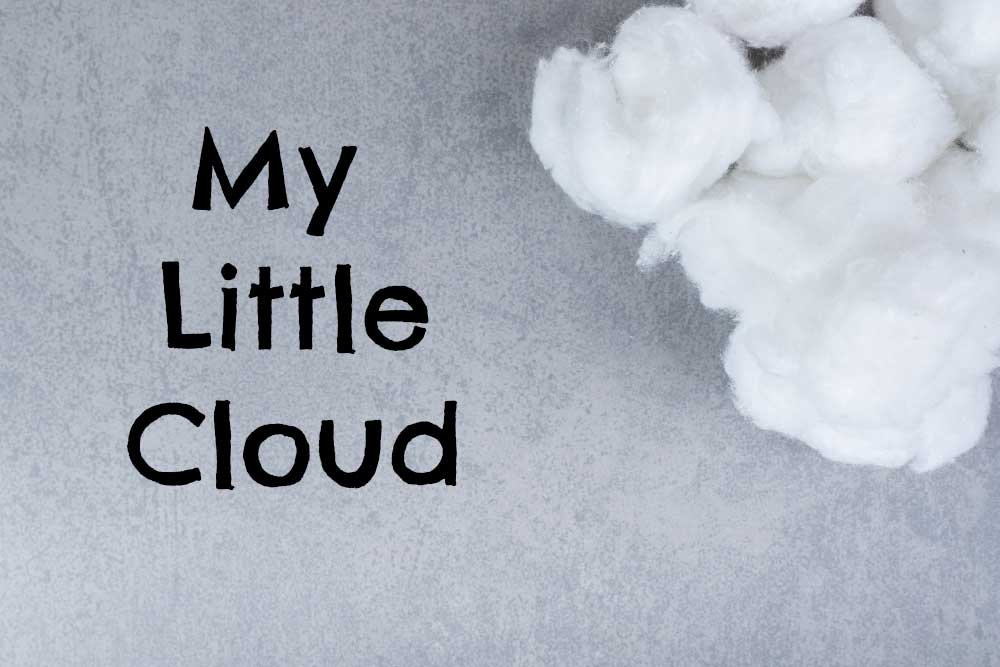

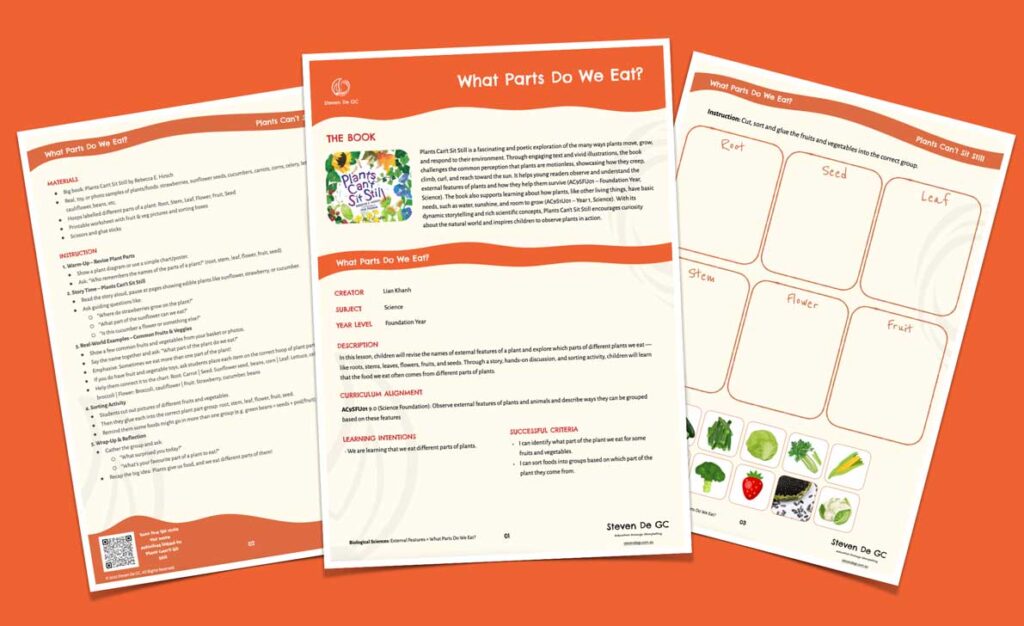
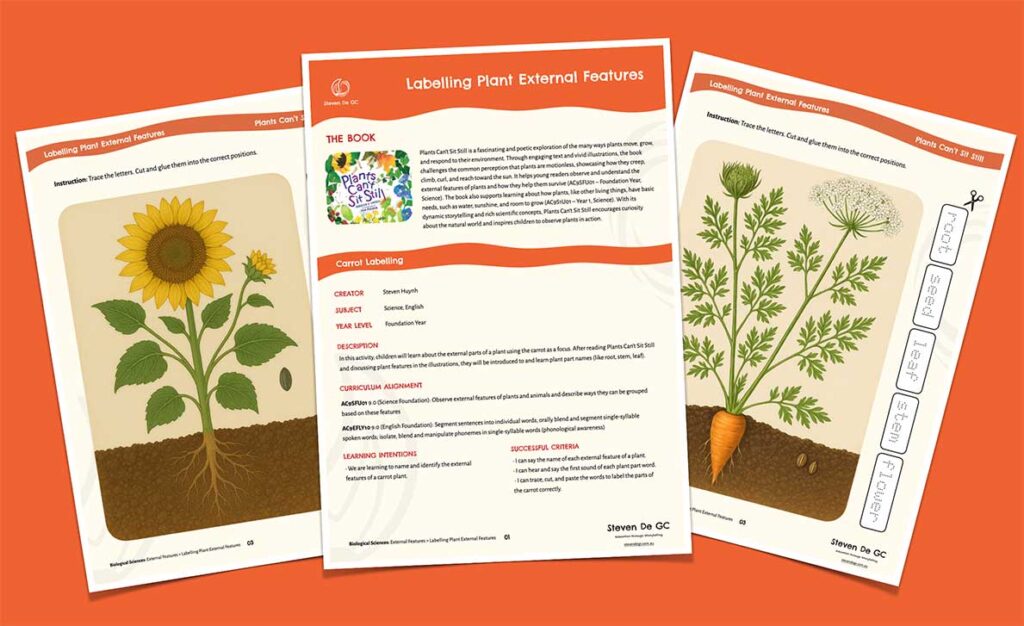
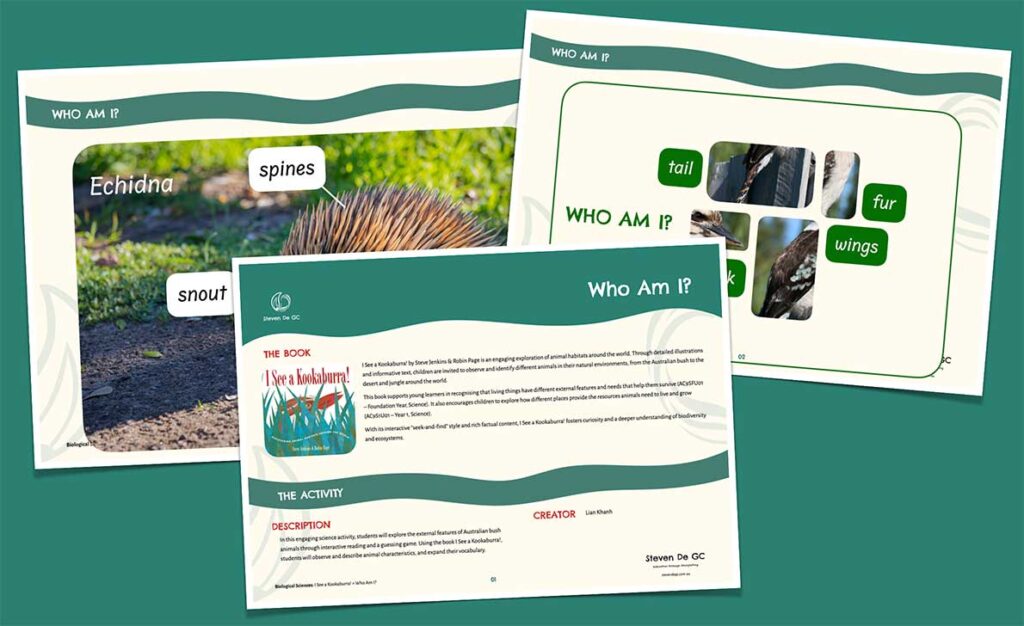


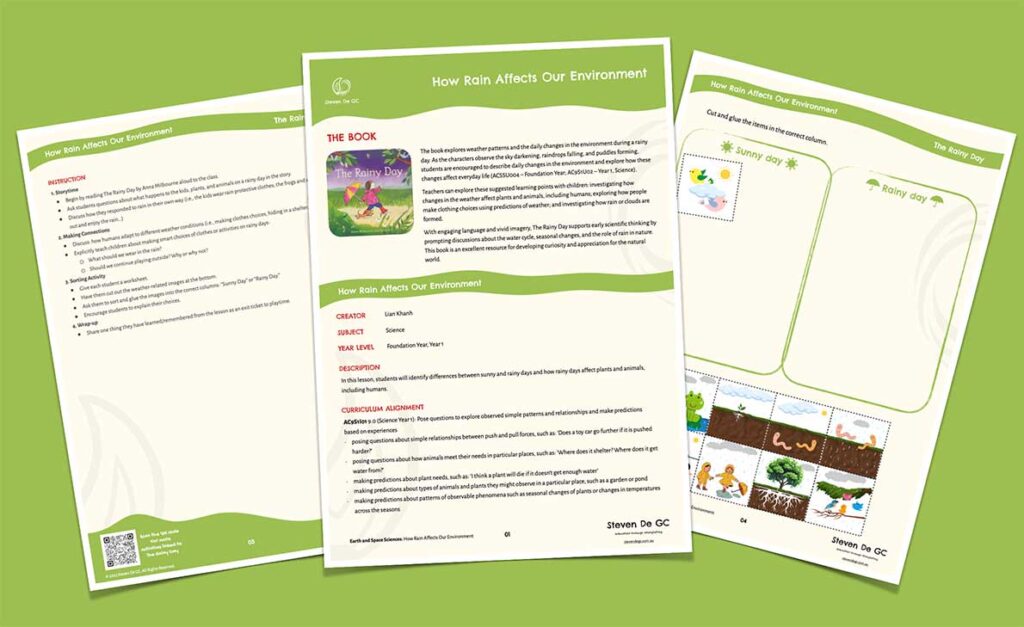
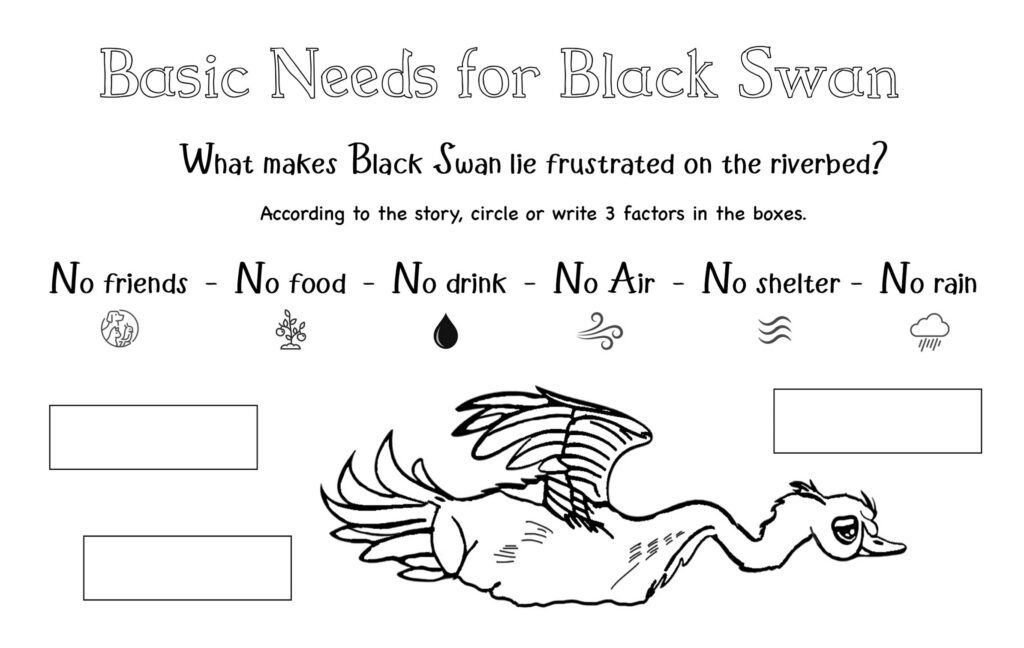
Leave a Reply